Worksheet Solutions: Skeletal & Muscular System - 2 | Science Class 5 PDF Download
Q1: Fill in the Blanks.
(i) The skeletal system is made up of _______ bones.
Ans: 206
The human body consists of 206 bones that form the skeletal system.
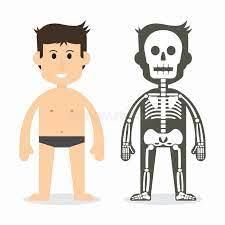
(ii) The smallest bones in the human body are found in the _______.
Ans: Ear (or Middle Ear)
The smallest bones in the human body, known as the ossicles, are found in the middle ear.
(iii) The place where two or more bones meet is called a _______.
Ans: Joint
Joints are the points where two or more bones come together, allowing movement.
(iv) The strong, flexible tissue that covers the ends of bones at a joint is called _______.
Ans: Cartilage
Cartilage is a smooth and flexible tissue that covers the ends of bones at joints to reduce friction during movement.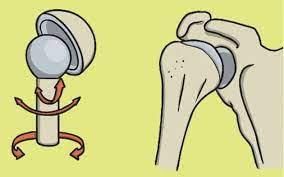
(v) The muscles that we can control voluntarily are known as _______ muscles.
Ans: Skeletal
Skeletal muscles are under our conscious control, and we can move them voluntarily.
Q2: Match the Column.
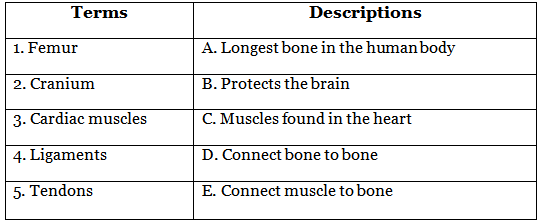
 |
Test: Skeletal & Muscular System - 2
|
Start Test |
Ans:
Femur - A
Cranium - B
Cardiac muscles - C
Ligaments - D
Tendons - E
Q3: Multiple Choice Questions (MCQ).
(i) Which of the following is not a function of the skeletal system?
(a) Providing support and shape to the body
(b) Protecting vital organs
(c) Producing red blood cells
(d) Transmitting nerve impulses
Ans: (d)
The skeletal system is responsible for providing support, protecting organs, and producing red blood cells, but it does not transmit nerve impulses.
(ii) Which type of muscles tire quickly and are found in the arms and legs?
(a) Cardiac muscles
(b) Smooth muscles
(c) Skeletal muscles
(d) Involuntary muscles
Ans: (c)
Skeletal muscles are attached to bones and are responsible for voluntary movements such as walking and lifting; however, they tire quickly compared to other muscle types.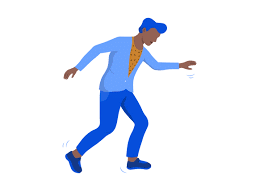
(iii) How many vertebrae are there in the human spine?
(a) 12
(b) 24
(c) 33
(d) 26
Ans: (c)
The human spine is made up of 33 vertebrae, which are divided into five regions: cervical, thoracic, lumbar, sacral, and coccygeal.
(iv) Which bone protects the heart and lungs?
(a) Femur
(b) Ribcage
(c) Humerus
(d) Skull
Ans: (b)
The ribcage, composed of ribs and the sternum, protects the heart and lungs by surrounding them.
(v) What is the main function of red blood cells?
(a) Fighting infections
(b) Transporting oxygen
(c) Carrying nutrients
(d) Regulating body temperature
Ans: (b)
Red blood cells are responsible for transporting oxygen from the lungs to all parts of the body and bringing back carbon dioxide to the lungs.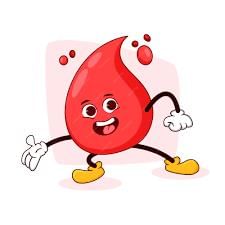
Q4: True or False.
(i) The skull is a single bone that protects the brain.
Ans: True
The skull is a single bone structure that encloses and protects the brain.
(ii) Cartilage is more rigid and less flexible than bones.
Ans: False
Cartilage is more flexible and less rigid than bones, providing cushioning and support to specific areas of the body.
(iii) Muscles can only pull and cannot push.
Ans: True
Muscles can only contract and pull; they cannot push. Pushing actions are a result of the combined effort of different muscle groups.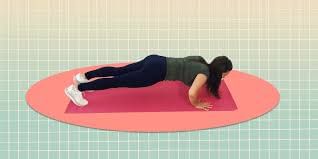
(iv) Ligaments are fibrous tissues that connect muscles to bones.
Ans: False
Ligaments are fibrous tissues that connect bone to bone, providing stability to the joints.
 |
Download the notes
Worksheet Solutions: Skeletal & Muscular System - 2
|
Download as PDF |
(v) The muscular system helps in maintaining body posture.
Ans: True
The muscular system plays a crucial role in maintaining body posture and supporting the body against gravity.
Q5: Short Answer Questions.
(i) What are the three types of muscles in the human body, and give an example of each?
Ans: The three types of muscles are:
(a) Skeletal muscles - Example: Biceps (in the arms)
(b) Smooth muscles - Example: Muscles in the digestive tract (stomach)
(c) Cardiac muscles - Example: Muscles in the heart
(ii) How do muscles work in pairs during movement?
Ans: Muscles work in pairs during movement. When one muscle contracts (shortens) to produce movement, its opposite muscle relaxes (lengthens) to allow the movement to occur smoothly.
(iii) What is the role of the ribcage in protecting vital organs?
Ans: The ribcage forms a protective cage around the heart and lungs, shielding them from external impacts and injuries. It acts as a barrier against potential damage to these vital organs.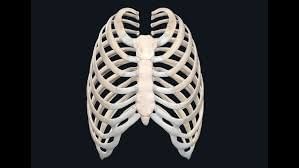
(iv) Why is calcium important for the skeletal system?
Ans: Calcium is essential for the skeletal system because it helps in maintaining bone density and strength. It also plays a crucial role in the process of bone formation and repair.
(v) How does regular exercise benefit the muscular system?
Ans: Regular exercise helps strengthen and tone muscles, improves their endurance, and enhances flexibility. It also promotes blood circulation, which ensures a steady supply of nutrients and oxygen to the muscles.
|
45 videos|202 docs|45 tests
|
FAQs on Worksheet Solutions: Skeletal & Muscular System - 2 - Science Class 5
| 1. What are the main functions of the skeletal system? |  |
| 2. How do muscles and bones work together for movement? |  |
| 3. What are the different types of muscles in the human body? |  |
| 4. What role does the axial skeleton play in the body? |  |
| 5. How can one maintain healthy bones and muscles? |  |






















